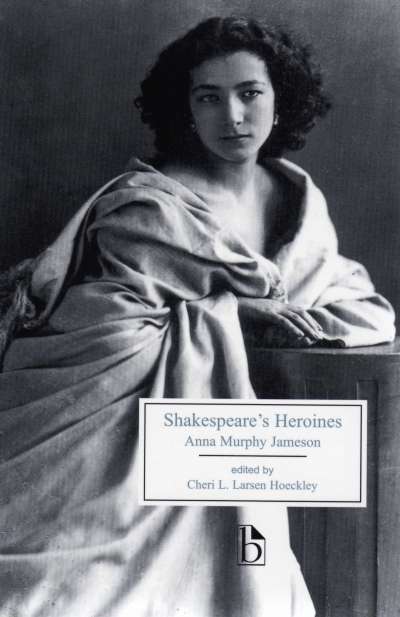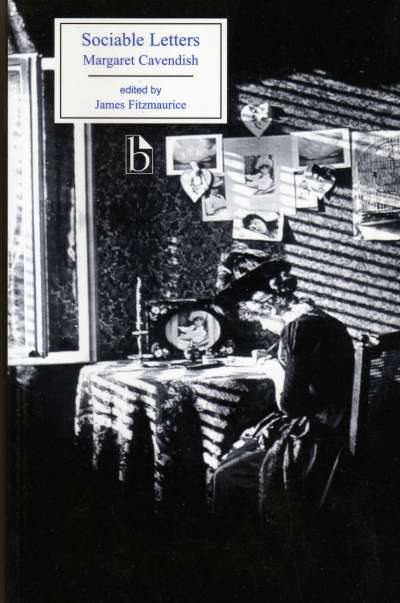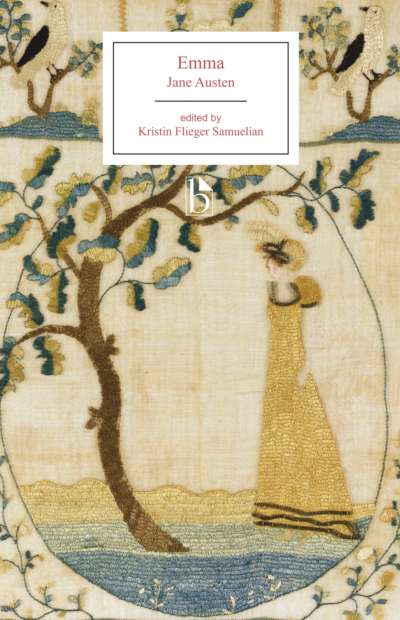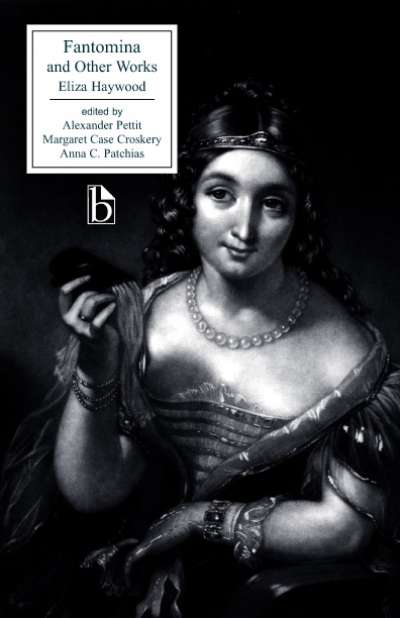Feminist and Protofeminist Literature
Showing 49–72 of 89 results
-

Winona; or, The Foster-Sisters
The prize-winning entry in a national competition for distinctively Canadian fiction, Winona was serialized in a Montreal story paper in 1873. The novel focuses on…
-

Sexing the Maple
Sexing the Maple is a unique sourcebook designed to raise issues of nationalism and sexuality in Canada through a rich and diverse selection of fiction,…
-

The Woman in White
As the inscription on his tombstone reveals, Wilkie Collins wanted to be remembered as the “author of The Woman in White,” for it was this…
-

Hauntings and Other Fantastic Tales
Vernon Lee writes in the Preface to Hauntings, “My ghosts are what you call spurious ghosts... of whom I can affirm only one thing, that…
-

Reuben Sachs
Oscar Wilde wrote of this novel, “Its directness, its uncompromising truths, its depth of feeling, and above all, its absence of any single superfluous word,…
-

The Romance of a Shop
The Romance of a Shop is an early “New Woman” novel about four sisters, who decide to establish their own photography business and their own…
-

She
First published in 1886–87, H. Rider Haggard’s imperial romance follows its English heroes from the quiet rooms of Cambridge to the uncharted interior of Africa…
-

The Girl Behind the Keys
“As the door was thrust open, I heard, as in a dream, the voice of Neal Larrard—calm and cool as ever—dictating to me; mechanically, my…
-

Villette
Charlotte Brontë’s contemporary George Eliot wrote of Villette, “There is something almost preternatural in its power.” The deceptive stillness and security of a girls’ school…
-

Shakespeare’s Heroines
First published in 1832, Shakespeare’s Heroines is a unique hybrid of Shakespeare criticism, women’s rights activism, and conduct literature. Jameson’s collection of readings of female…
-

The Governess
Published in 1749, the story of Mrs. Teachum and the nine pupils who make up her “little female academy” is widely recognized as the first…
-

Mrs Warren’s Profession
One of Bernard Shaw’s early plays of social protest, Mrs Warren’s Profession places the protagonist’s decision to become a prostitute in the context of the…
-

The House of Mirth
One of Edith Wharton’s most accomplished social satires, this novel tells the story of the beautiful but impoverished New York socialite Lily Bart, whose refusal…
-

Adam Bede
The seemingly peaceful country village of Hayslope is the setting for this ambitious first novel by one of the nineteenth century’s great novelists. With sympathy,…
-

Moths
First published in 1880, Moths addresses such Victorian taboos as adultery, domestic violence, and divorce in vivid and flamboyant prose. The beautiful young heroine, Vere…
-

Criminals, Idiots, Women, & Minors – Second Edition
“Pardon me; I must seem to you so stupid! Why is the property of the woman who commits Murder, and the property of the woman…
-

Sociable Letters
The writings of Margaret Cavendish, Duchess of Newcastle, are remarkable for their vivid depiction of the mores and mentality of seventeenth-century England. This edition includes…
-

Literature of the Women’s Suffrage Campaign in England
During the British women’s suffrage campaign of the late nineteenth and early twentieth centuries, women wrote plays to convert others to their cause; they wrote…
-

The Woman Who Did
The controversial subject matter of Grant Allen’s novel, The Woman Who Did, made it a major bestseller in 1895. It tells the story of Herminia…
-

Selections from The Girl’s Own Paper, 1880-1907
The Girl’s Own Paper, founded in 1880, both shaped and reflected tensions between traditional domestic ideologies of the period and New Woman values in the…
-

Emma
Jane Austen’s Emma (1816) tells the story of the coming of age of Emma Woodhouse, “handsome, clever, and rich,” who “had lived nearly twenty-one years…
-

Fantomina and Other Works
This collection of early works by Eliza Haywood includes the well-known novella Fantomina (1725) along with three other short, highly engaging Haywood works: The Tea-Table…
-

Anti-Pamela and Shamela
Published together for the first time, Eliza Haywood’s Anti-Pamela and Henry Fielding’s An Apology for the Life of Mrs. Shamela Andrews are the two most…
-

The Story of a Modern Woman
Ella Hepworth Dixon’s The Story of a Modern Woman originally appeared in serial form in the women’s weekly The Lady’s Pictorial. Like Hepworth Dixon herself,…
